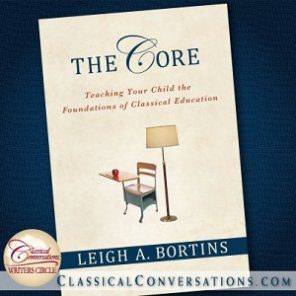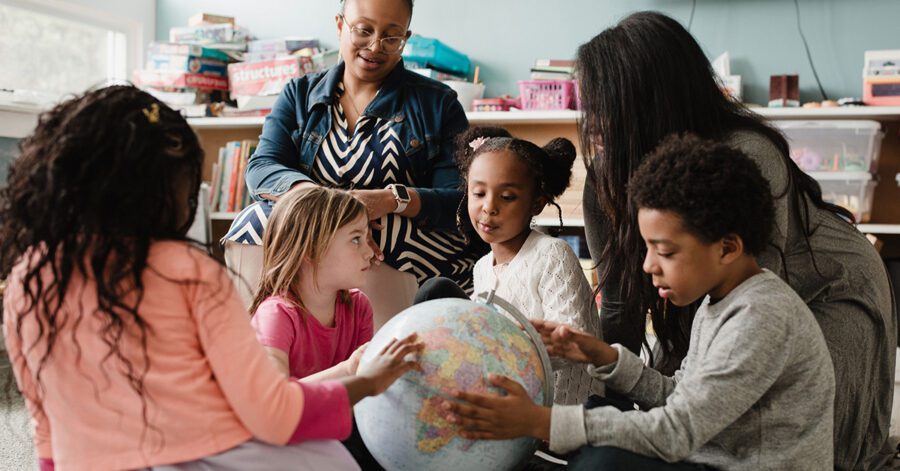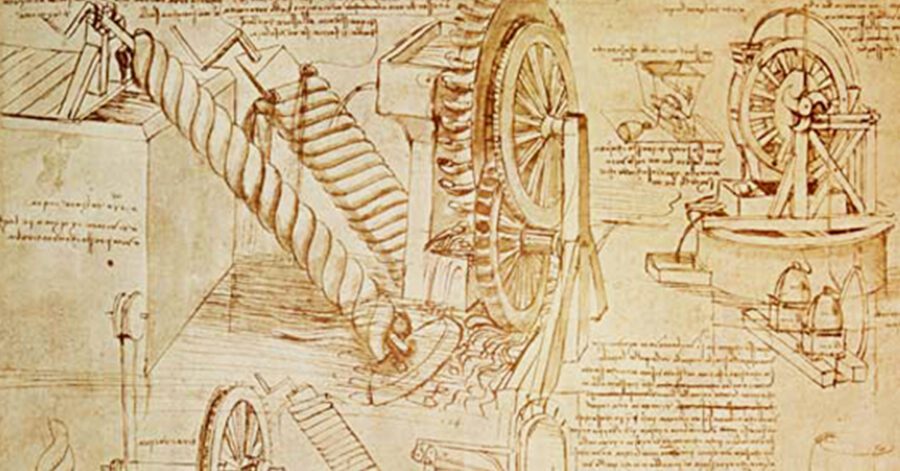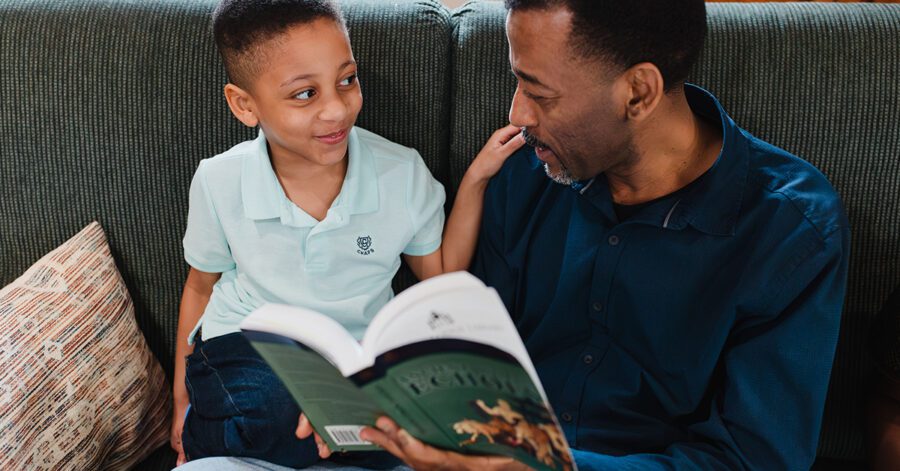I was the helper in my five-year-old daughter’s Foundations class this week when her tutor demonstrated Newton’s First Law of Motion with a tennis ball and a super bouncy ball–very high tech and expensive science equipment! First, she recited the law several times and asked the children to repeat it. Then, she rolled the ball across the room until it hit the wall. One of the little boys jumped up excitedly and shouted, “an outside force acted on the ball!” They recited the law again, and she rolled the ball again. This time, it hit the table leg. They recited the law again, and she rolled the ball again. Then my daughter jumped into its path and exclaimed, “I am the outside force.” Most of them left the room knowing the law by heart, after spending five minutes squealing, giggling, and marveling.
Consider how we study science classically with our children. There are essentially three ways children learn science: reading about science concepts and learning the technical vocabulary of science; experiencing science through experiments and nature exploration; and encountering the ideas of important scientists. How can we accomplish all of this at home?
Perhaps some personal examples will suffice. My nine-year-old daughter loves to draw. This summer, I racked my brain for ways to incorporate her love for drawing into her core subjects. A friend of mine recommended some simple nature readers for children by Christian Liberty Press. A light bulb went on! I purchased the inexpensive nature reader, and an even less expensive sketchbook, from the Classical Conversations bookstore.
Several times a week, my daughter reads a short selection about fish, amphibians, reptiles, mammals, or birds. In her sketchbook, she draws a picture of these creatures. Below her picture, she summarizes (in one or two sentences) what she learned. This fall, she experimented with pencil drawings, markers, crayons, and colored pencils. Sometimes she made realistic drawings. Other times, she sketched cartoons with insects making hilarious comments to one another. Her summaries require her to choose the most important or interesting aspect of her reading. She has to work on spelling, capitalization, and punctuation as well (as an Essentials tutor I love to sneak in a little grammar).
After about thirty minutes she has created a priceless keepsake and learned much about nature. We have wondered together as we learned that ants are shepherds of aphids and parasol ants grow fungus gardens. We chuckled together when we learned that snails have only one foot–reminding us of the Dufflepuds in C.S. Lewis’ Voyage of the Dawn Treader. I laughed aloud at her cartoon of fireflies speeding past a diner sign which advertised “Today’s Special: Burnt Firefly.” This spring, we will finish the book and transition to sketching what we can observe outside. As she grows older, I will present more challenging source material, including the Classical Conversations science cards.
We want our children to be careful observers of nature, both outdoors and in their readings. In addition, the grammar years should focus on memorizing quality information. The science memory work in Foundations has been carefully planned to prepare for lab sciences in Challenge I-IV. As Leigh Bortins says in The Core: Teaching Your Children the Foundations of Classical Education, science work during the grammar years should be “minimal, meaningful, and intended to be purposefully revisited throughout the students’ years in school” (186). As classical educators, we don’t want to cram large amounts of information which will be forgotten. Instead, we want to choose quality information and review so that it will be stored for life.
Finally, our children should be familiar with the scientific method through experiments. In Foundations, very young grammar students should ask: “What did we use?” (materials); “What did we do?” (procedure) and “What did we learn?” (conclusion). Older grammar students should complete the lab note sheets in the Foundations Guide, asking them to record: purpose, hypothesis, materials, procedure, and conclusion. Just as memory work is practice for thinking about complex concepts in high school science, lab note sheets are preparation for weekly lab reports in physical science, biology, and chemistry.
Ask good questions, read good books, sketch, write, and observe. You and your children are well on the way to thinking like scientists!
Science Resources for Parents
Bass, Florence. Christian Liberty Nature Reader, Volumes 1-6. Arlington Heights, IL: Christian Liberty Press, 1996 (originally published in 1894 as Nature Stories for Young Readers: Animal Life).
Bortins, Leigh A. The Core: Teaching Your Child the Foundations of Classical Education. New York: Palgrave Macmillan, 2010.
Classical Conversations MultiMedia. Classical Acts and Facts Science Cards.
Classical Conversations MultiMedia. CC Sketch Notebook.
To read Jennifer’s other articles about The Core, click on the links below:
- The Core Chapters 1-3: Back to School (Exploring the Classical Model)
- The Core Chapter 4: The Core of a Classical Education Reading
- The Core Chapter 5: The Core of a Classical Education: Writing
- The Core Chapter 6: The Core of a Classical Education: Math
- The Core Chapter 7: The Core of a Classical Education: Geography
- The Core Chapter 8: The Core of a Classical Education: History
- The Core Chapter 9: The Core of a Classical Education: Science
- The Core Chapter 10: The Core of a Classical Education: Fine Arts




